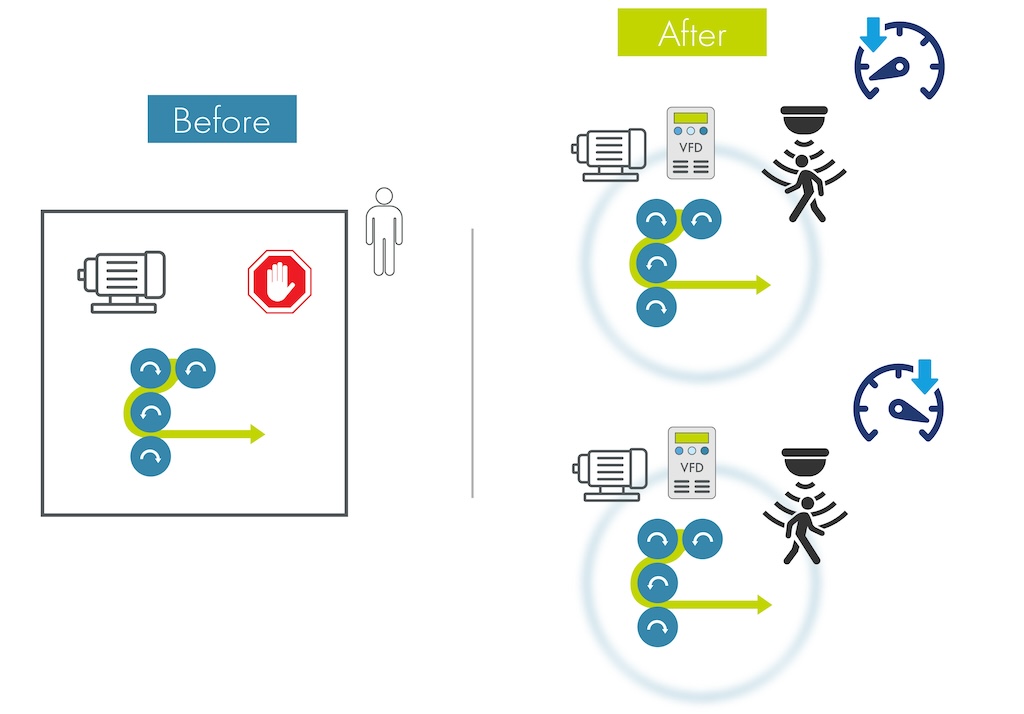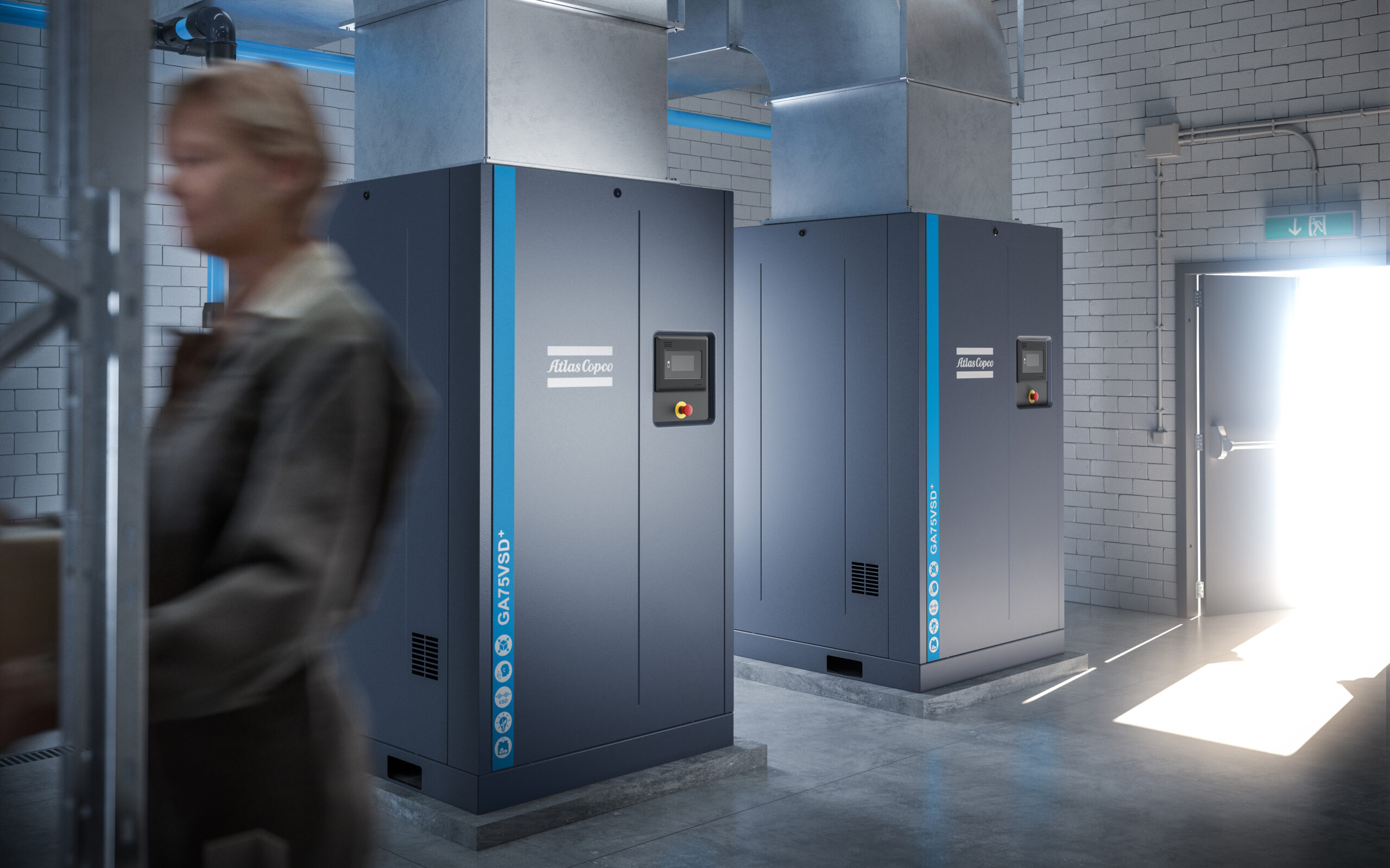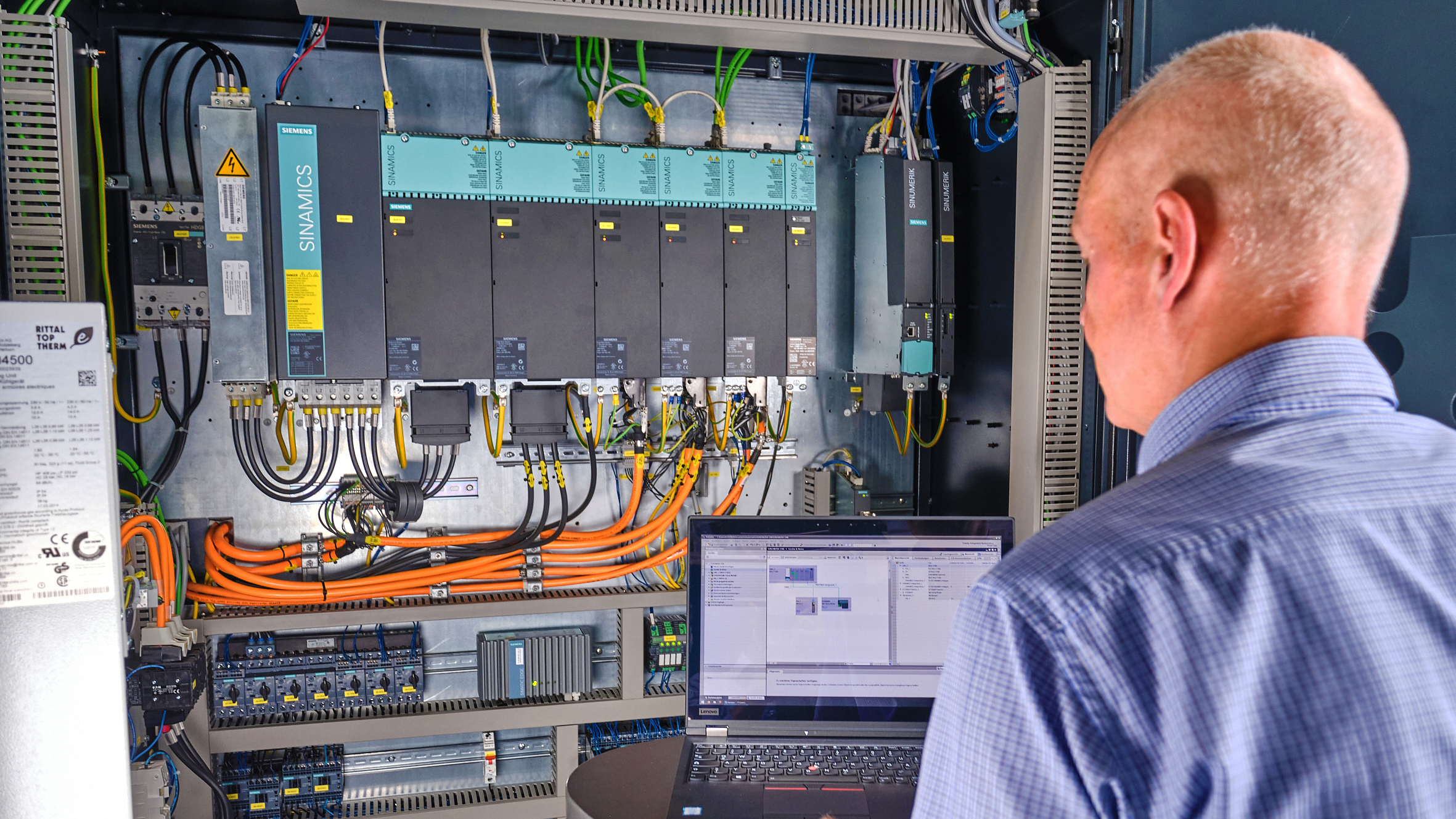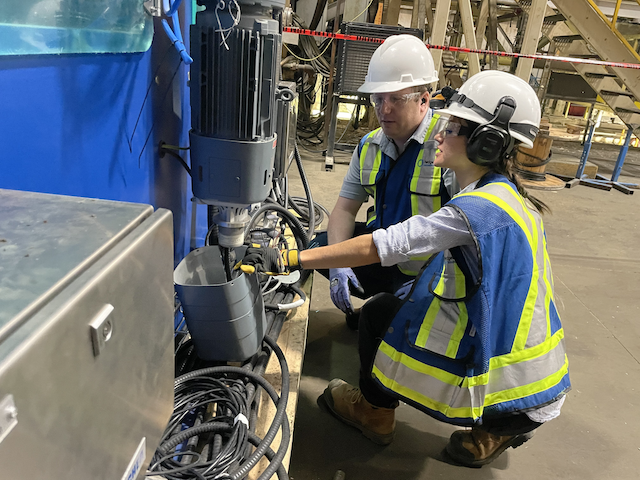Reliable electronic system performance in the industrial environment requires an initial inspection of the wiring and grounding system. Once the integrity of the wiring is established, power conditioning products can be effectively applied to protect critical equipment and processes. This effective power quality strategy will result in the best return on power quality investment.
Reliable electronic system performance in the industrial environment requires an initial inspection of the wiring and grounding system. Once the integrity of the wiring is established, power conditioning products can be effectively applied to protect critical equipment and processes. This effective power quality strategy will result in the best return on power quality investment.
Grounding and bonding integrity
Grounding is one of the most important and misunderstood aspects of the electrical system. If the grounding and bonding is incorrectly configured, poor system performance is the result.
It is essential to differentiate the functions of the grounded conductor (neutral) from the equipment grounding system (safety ground). The safety ground protects the electrical system and equipment from superimposed voltages caused by lightning or accidental contact with higher voltage systems. It also prevents static-charge build-up.
The safety ground establishes a ‘zero-voltage’ reference point for the system. The safety ground must be a low-impedance path from the equipment to the bonding point to the grounding electrode at the service entrance. This allows fault currents high enough to clear the circuit interrupters in the system, thereby preventing unsafe conditions.
The grounded conductor is a current-carrying conductor bonded to the grounding system at one point. Grounding this conductor limits the voltage potential inside the equipment in reference to grounded parts. Neutral and ground should be bonded together only at the service entrance or after a separately derived source.
Proper wiring
An overall equipment inspection is crucial to ensure proper wiring within a facility. The entire electrical system should be checked for loose, missing or improper connections at panels, receptacles and equipment. Article 300 of the NEC covers wiring methods and should be followed to ensure safe and reliable operation.
Isolate panels feeding sensitive electronic loads from heavy inductive loads or other electrically noisy equipment such as air compressors or refrigeration equipment. Also check neutral and ground conductors to ensure they are not shared between branch circuits.
Power conditioning equipment
Several types of power enhancement devices have been developed over the years to protect equipment from power disturbances. These devices play a crucial role in developing an effective power quality strategy.
Transient voltage surge suppressors provide the simplest and least expensive way to condition power. These units clamp transient spikes to a level that is safe for the electronic load. Multi-stage protection entails using TVSS at the service entrance, sub-panel and at the point of use. This coordination of devices provides the lowest possible let-through voltage to the equipment.
Filters protect against low-voltage, high-frequency noises. Filters are designed to pass the fundamental frequency (typically 50 or 60 Hz) and reject higher frequency noise such as conducted electromagnetic and radio frequency interference.
Isolation transformers provide a degree of isolation and filtering. These devices effectively reduce conducted electrical noise by physical separation of the primary and secondary through magnetic isolation. Isolation transformers reduce normal and common mode noises, but do not compensate for voltage fluctuations and power outages.
Voltage regulators correct voltage sags, swells and brownouts. Voltage regulators maintain output voltage at nominal voltage under all but the most severe input voltage variations. Voltage regulators are normally installed where the input voltage fluctuates but total loss of power is uncommon. There are three basic types of regulators:
Tap changers are designed to adjust for varying input voltages by automatically transferring taps on a power transformer. The main advantage of tap changers over other voltage regulation technology is high efficiency. Other advantages are wide input range, high overload current capability and good noise isolation.
Buck boost uses similar technology to tap changers except the transformer is not isolated. The units withstand high in-rush currents and have high efficiency.
Constant voltage transformer , which is also known as a ferroresonant transformer, is a completely static regulator that maintains a nearly constant output voltage during large variations in input voltage. Advantages are noise isolation, precise output voltage and current-limiting for overload protection.
Uninterruptible power supply provides protection in the case of a complete power interruption and should be applied where downtime resulting from any loss of power is unacceptable. A UPS is designed to provide continuous power in the event of momentary interruptions.
Motor-generator set consists of an electric motor driving a generator with coupling through a mechanical shaft. This solution provides decoupling from incoming disturbances such as voltage transients, surges and sags. Motor-generators ride through short periods of power loss, but they will not protect against sustained outages without using an additional motor powered by an alternate fuel source.
Proper grounding, accurate wiring and the addition of adequate power conditioning products will provide a reliable and consistent electrical system.
| Author Information |
| Mike Johnson is director of marketing for Sola/Hevi-Duty. He is responsible for transformer, power conditioner and UPS product lines. Johnson can be contacted at [email protected] or (800) 377-4384. |



